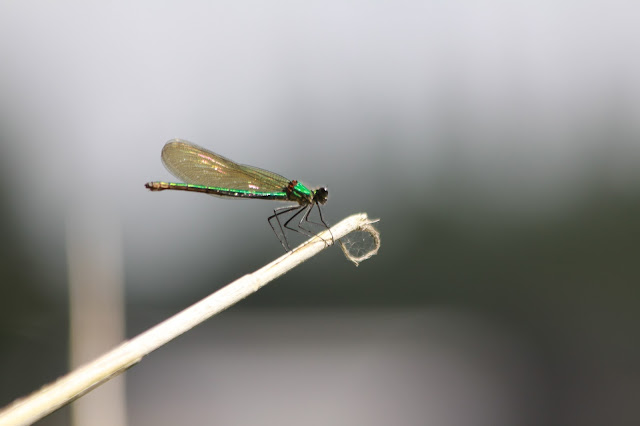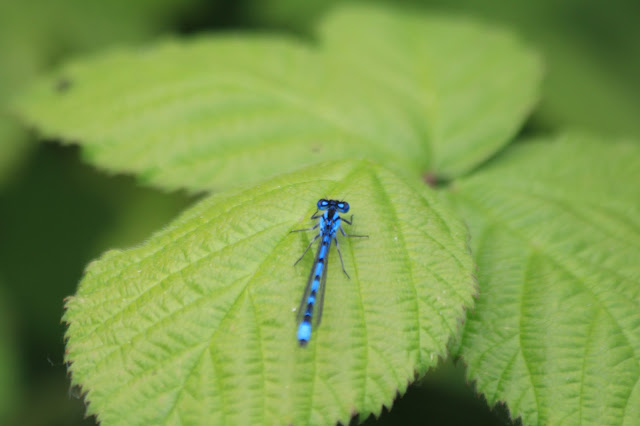The smell of damp earth that lingers after a storm is
hauntingly nostalgic. Whatever else may change in life, the heady aroma of
petrichor remains much the same. It ties together different times, different locations.
Sunday began with the same humid, clammy feeling hanging in
the air which had greeted us for the previous few days. By British standards
the air felt close, so full of heat and moisture that it was clear that
something was going to give.
Just after midday the first drop fell. Followed by another.
And another. Soon the rain was coming thick and fast. What had started as a
light shower was now beating down on the conservatory roof with such force that
I started to wonder just how much pelting the glass could take.
I would always rather be outside if given the choice, but
there is something beautiful and comforting about listening to the hammering of
tens of thousands of raindrops clinking against panes of glass all around.
As soon as the rain drew the curtain on its spectacle we
ventured outside into our local woods. Remnants of water dripped off the
slippery waxy surfaces of the leaves and splashed into the brook below, causing
gradually increasing ripples in its now much fuller basin. Fragrant saturated
earth squelched underneath our weathered walking boots. Dewy blades of grass
shimmered and sprung up as they recovered from the aqueous assault.
We weren’t the only ones emerging after the deluge. The
verdant paths ahead of us glistened with the slithering bodies of hundreds of
muculent slugs. As a keen vegetable grower I have experienced my fair share of
frustration at these slippery characters, but my overwhelming feeling towards
them is amazement. There are around 30 species of slugs in the UK and
they come in all manner of beautiful and bizarre forms, from the Large Black
Slug that many of us are used to seeing in our gardens, to the more rare
yellowish Shelled Slug.
It won’t have just been me who was excited to see the vast
array of gleaming molluscs lying on and lining the paths. To the blackbirds who
were also appearing after the rain this would have looked like a sumptuous
banquet. While it may not sound appetising to us, a number of birds relish the
chance to get their beaks around some slippery slugs.
Just as we were heading back something caught my eye.
Something smooth, shiny and very small. As we peered closer we realised that a
tiny froglet was hiding amongst the damp grass, making a brave hop from time to
time towards the safe thickets at the edge of the path. The glossy moss-green
skin on his chest gently rose and fell with the rhythm of his measured
breathing. Not long before we had seen tens of minute tadpoles swimming serenely
in the brook nearby and now those same tadpoles, just like this little frog, will
have grown their legs and embarked on a great adventure into the real world.
When you consider that frogs receive no parental care, their first few months
on dry land seem all the more intimidating. We left this diminutive frog to his
own devices but, although it is just nature, as we walked away I couldn’t help
but hope that one of the hungry denizens of the woods wouldn’t find him so that
he could stay out of danger for another day.
We can certainly not be called fair-weather nature enthusiasts.
We will happily don raincoats, walking boots and waterproof trousers and
immerse ourselves in whatever weather this beautiful country has to offer.
After all, if you live in Britain and enjoy being outdoors, you really can’t
turn your nose up at a little precipitation. However, I understand that many
people aren’t quite so keen to get acquainted with forceful winds and a torrent
of rain, and for those people in particular I would really recommend the joys
of venturing into the great outdoors after a storm. Once the extreme weather
has settled, the world appears anew, the verdure twinkles and the air takes on
an exhilarating scent of freshness. Just go outside and breath it in.
































